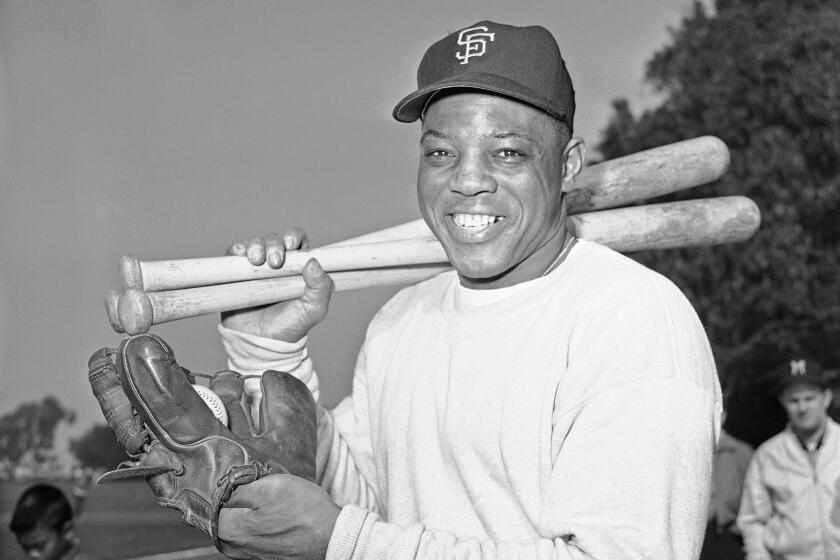‘90s FAMILY : Families Work Best When Rules Are Clear
If Leo Tolstoy were writing about domestic life today, he might conclude that all functional families resemble one another, but every dysfunctional family is dysfunctional in its own way.
On the one hand, we have the vague national ideal of a two-parent family with “values.” On the other, we have a growing public parade of misery: children who murder their parents, claiming abuse; the mother who drowned her two children, apparently in hopes of attracting a wealthy suitor; the celebrity athlete who beat the mother of his children and was tried for killing her; the endless array of troubled talk-show guests. In real life, however, according to one measurement, only 6% of families are severely dysfunctional and only 8% function optimally. The largest single group of families falls into a neither-here-nor-there category called mid-range, according to Maggie Scarf, author of “Intimate Worlds: Life Inside the Family” (Random House, 1995).
A journalist concerned with practical solutions to psychological problems, Scarf based her book on the Beavers Systems Model, a clinical scale named after Dallas psychiatrist Dr. W. Robert Beavers, which researchers have used to study normal and aberrant families for 30 years.
Using this scale, mid-range, or Level 3, families with clearly understood rules are better for their members than tyrannical Level 4 families, in which one person tells the others what to do, or chaotic Level 5 families, in which no one is in charge.
“When you get to the mid-range, control no longer has to be imposed by a tyrant,” Scarf said. Family members are governed by rules based on the notion that “if you loved me, you would” do things such as keep the house spotless, have sex when your spouse is in the mood, attend every holiday gathering, go into business with a parent or call your mother every Sunday.
But in this type of family, “The problem is, rules take over and you can’t be who you are or even think your thoughts if they’re against the rules,” Scarf said. “The rules have penetrated people’s inner worlds.” The price to be paid for such control is a lack of authenticity and intimacy. Family members are lonely and depressed.
Families do need some rules, both implicit and explicit, Scarf said. But families on the higher end of the scale tend to question the rules and try something different when they don’t work.
Those who want to move out of the mid-range can try therapeutic tasks to change situations in which they feel trapped.
For instance, a couple who argues about who’s in charge at home might alternate days being the leader, going back to their habitual conflicts on Sundays, she said.
Or, a family that always has to put on a happy face can practice listening to one another over dinner as each member talks for five minutes about something that distressed, hurt, angered or frightened him or her during the day. “After each personal broadcast, the others in the family have an opportunity to give sympathy and offer advice. It’s a piece of life the family has tried to shut out. It also gives them experience in soothing another person in their grief,” Scarf said.
Contrary to Tolstoy’s famous opening line of “Anna Karenina,” happy families actually are the most dissimilar, Scarf said. While unhappy families are all stuck in fixed patterns of responding, happy families are flexible and have a variety of ways to cherish one another’s individuality, she said.
What distinguishes functional from dysfunctional families is how they handle power, conflict and intimacy.
But for unhappy families to know where they should head, more discussion is needed on what actually makes up a “good” family, Scarf said.
* Lynn Smith’s column appears on Wednesdays. Readers may write to her at the Los Angeles Times, Life & Style, Times Mirror Square, Los Angeles, Calif. 90053, or via e-mail at twec43c@prodigy.com. Please include a telephone number.
